The Future of Comic Book Art: Virtual Reality, Augmented Reality, and Emerging Technologies Shaping a New Era
The world of comic books has always been a dynamic art form, evolving in response to societal shifts, technological advancements, and cultural changes. What began as simple, hand-drawn illustrations of superheroes and pulp heroes has grown into a rich, diverse medium that spans genres, styles, and forms. From the Golden Age of comic books in the 1930s to the current digital comics era, the art and storytelling of comics have continuously adapted to the times.
As we stand on the precipice of new technological advancements, the future of comic book art is becoming even more exciting. Virtual reality (VR), augmented reality (AR), and other emerging technologies are not only enhancing the reading experience but also expanding the creative possibilities for artists and storytellers. The integration of these technologies into the comic book industry is setting the stage for a whole new era—one where comics are no longer confined to flat, two-dimensional pages. These developments are making comics more interactive, immersive, and multidimensional, offering a new frontier for both the creation and consumption of comic books.
We will explore the potential future of comic book art in the context of these technological innovations, and how VR, AR, gaming, and animation are reshaping the medium. We'll delve into the ways in which these trends are already influencing the art of comics, speculate on what the future holds, and examine the integration of comic visuals into gaming and animation, transforming the very essence of the art form.
1. The Integration of Virtual Reality (VR) in Comic Book Art
Virtual reality (VR) has already made a significant impact on a variety of industries, from gaming to healthcare, and it is now beginning to influence the world of comic books. VR offers comic book creators an entirely new way to craft immersive, 360-degree stories that go beyond traditional two-dimensional panels. Instead of reading a comic book in a linear format, VR allows readers to step inside the comic’s world, experiencing the narrative from different perspectives and angles.
One example of VR’s influence on comics is the creation of immersive VR experiences, where users can interact with characters and environments in real time. Companies have explored VR as a way to create new, interactive stories. For example, some products let players enter the world of heroes in VR, becoming part of the action, interacting with characters, and experiencing the story firsthand. This is a good indication of how VR can provide comic book fans with new ways to experience their favorite superheroes and characters.
For comic artists, VR offers the potential to build environments and worlds in three dimensions, exploring new ways to represent space and depth. Artists can design environments that readers can physically explore in VR, enhancing the narrative and offering a level of immersion that traditional comic books could never provide. Artists are already experimenting with VR to create multidimensional storytelling experiences. The next step could involve entirely new forms of comic art that integrate the sense of presence and interactivity that VR provides.
Future Prospects:
- Immersive Comics: Comics that allow readers to explore different parts of the world at their own pace or choose their own path through the story, much like a video game but with comic art aesthetics.
- VR Comic Conventions: Virtual conventions could allow fans to experience comic book panels, merchandise, and interactions with creators in a fully immersive 3D space, overcoming geographical limitations.
- Interactive Comics: Readers could manipulate story elements or even alter the outcome of the story by interacting with comic characters and settings in real-time.
2. Augmented Reality (AR) and the Enhancement of Comic Books
Augmented reality (AR) is another technology that is making waves in the comic book world, offering a new way to interact with comic art. Unlike VR, which creates an entirely virtual environment, AR enhances the real world by overlaying digital content onto it. For comics, this means that readers can use their smartphones or AR glasses to interact with comic books in real time, bringing characters and scenes to life in unexpected ways.
One notable example of emerging AR in comics is the use of apps, which allow readers to scan comic book pages and access additional content such as videos, animations, and voiceovers, expanding the experience beyond the static page. In this way, AR adds an extra layer of depth to the storytelling, enhancing the overall experience by merging digital media with traditional comic art.
For comic artists, AR opens up new possibilities for storytelling. By using AR, artists can create comics where characters might leap off the page, or key moments in the story can unfold in 3D. This technology allows comic books to become interactive, where readers can unlock hidden elements, watch the action unfold in real time, or even engage with characters and environments in a more hands-on way.
Future Prospects:
- AR Comics with Embedded Interactivity: Readers could scan comic panels and interact with characters, make choices that affect the narrative, or even control aspects of the environment.
- Augmented Physical Comics: Physical comic books could come to life when scanned with an AR device, providing animated scenes, sound effects, and voiceovers as supplementary material.
- AR Art Galleries: Comic book publishers could host digital AR galleries that showcase 3D models of comic artwork, offering fans the chance to interact with their favorite characters or creators.
3. The Intersection of Comics, Gaming, and Animation
Another trend shaping the future of comic book art is the growing integration of comic visuals into the gaming and animation industries. As technology continues to improve, the boundaries between comics, gaming, and animation are becoming increasingly blurred. Video games have already borrowed heavily from the aesthetic of comic books, with games using inspired art styles and narrative structures.
The rise of telltale-style games that blend interactive storytelling with comic-style art has further demonstrated the potential for comics to merge with other forms of media. In these games, players take on the role of a character and make choices that affect the story's direction, while the visual style often mimics the look and feel of a graphic novel. This narrative approach can be traced back to the early days of comics, where the emphasis was placed on story and character development, but now with the added complexity of player choice and interaction.
Animation studios have also embraced the comic aesthetic in their films and television shows. Movies like Spider-Man: Into the Spider-Verse demonstrated how comic book visuals could be adapted to the big screen, with stunning results. The film used animation techniques inspired by comic books, such as halftone dots and bold lines, to evoke the feeling of reading a comic on screen. This trend has the potential to transform not only how comic books are read but how they are experienced across different media platforms.
Future Prospects:
- Comics-Style Video Games: Future video games could adopt an even more cinematic comic style, with visual storytelling that mimics the panel layout and pacing of traditional comics.
- Interactive Animated Comics: Animated series and movies could be based directly on comic books, incorporating more interactive elements, such as viewer choices, similar to Bandersnatch or Telltale Games.
- Collaborations Between Comic Book Artists and Game Designers: As the lines between these media continue to blur, we may see more collaboration between comic artists and game designers to create hybrid experiences that mix visual storytelling with gaming mechanics.
4. The Role of Artificial Intelligence (AI) and Machine Learning in Comic Art
In addition to VR and AR, artificial intelligence (AI) is another emerging technology that could significantly impact comic book art. While AI is still in its infancy in terms of its application to creative fields, it has already begun to show promise in areas such as automated coloring, panel layout design, and even generating comic scripts. AI-powered tools enable artists to use machine learning to create artwork or manipulate their drawings in ways that were not previously possible.
For comic book artists, AI could become a valuable tool for speeding up the creation process. For instance, AI could be used to generate backgrounds, provide color palettes, or even help in the creation of detailed scenes, freeing up artists to focus more on storytelling and character development. AI’s ability to analyze and generate patterns could also be used to assist artists in experimenting with new styles or compositions, enhancing the creative process.
Future Prospects:
- AI-Assisted Comic Creation: Tools that automate aspects of comic creation, such as panel layouts, inking, and coloring, could streamline the process, allowing artists to work faster and focus more on narrative and emotion.
- AI-Generated Comic Stories: Machine learning could even be used to generate storylines or dialogue, offering a new way for writers to experiment with ideas or develop narratives in collaboration with AI.
5. The Democratization of Comic Book Creation and Distribution
One of the most exciting aspects of new technologies is the way they democratize the creation and distribution of comic books. Digital tools and platforms allow anyone to create and publish their own comics, bypassing traditional publishing barriers. Some websites have opened up new avenues for comic creators to reach global audiences, providing a platform for independent creators to showcase their work and even monetize their comics.
With the growth of crowdfunding platforms, comic creators now have more control over their work and can connect with fans directly, without relying on major publishers. This trend allows for a more diverse range of voices to enter the comic industry, giving rise to a broader spectrum of stories and art styles.
Future Prospects:
- Crowdsourced Comic Projects: Fans could have the opportunity to directly support their favorite comics or comic creators, funding projects and offering feedback during the creative process.
- Global Comic Platforms: Digital comics will continue to grow, enabling artists to reach readers from all over the world, fostering a more diverse and inclusive global comic culture.
Conclusion: A New Era for Comics
The future of comic book art is poised to be transformed by virtual reality, augmented reality, artificial intelligence, and the continued integration of comic visuals into gaming and animation. These technologies are not just reshaping how comics are created but also how they are consumed, offering readers immersive, interactive experiences that were once unimaginable.
As these technologies continue to evolve, the comic book medium will likely see an even greater diversity of stories, art styles, and formats. We may soon witness comic books that are not just read but experienced—where readers can immerse themselves in the world of the comic, explore narratives in new ways, and interact with characters like never before. Whether through VR, AR, or AI-driven innovations, the future of comics holds immense potential, offering a multidimensional view of this beloved art form in the digital age. Buy comic books at CycloneSale.com for all your collecting needs today!
















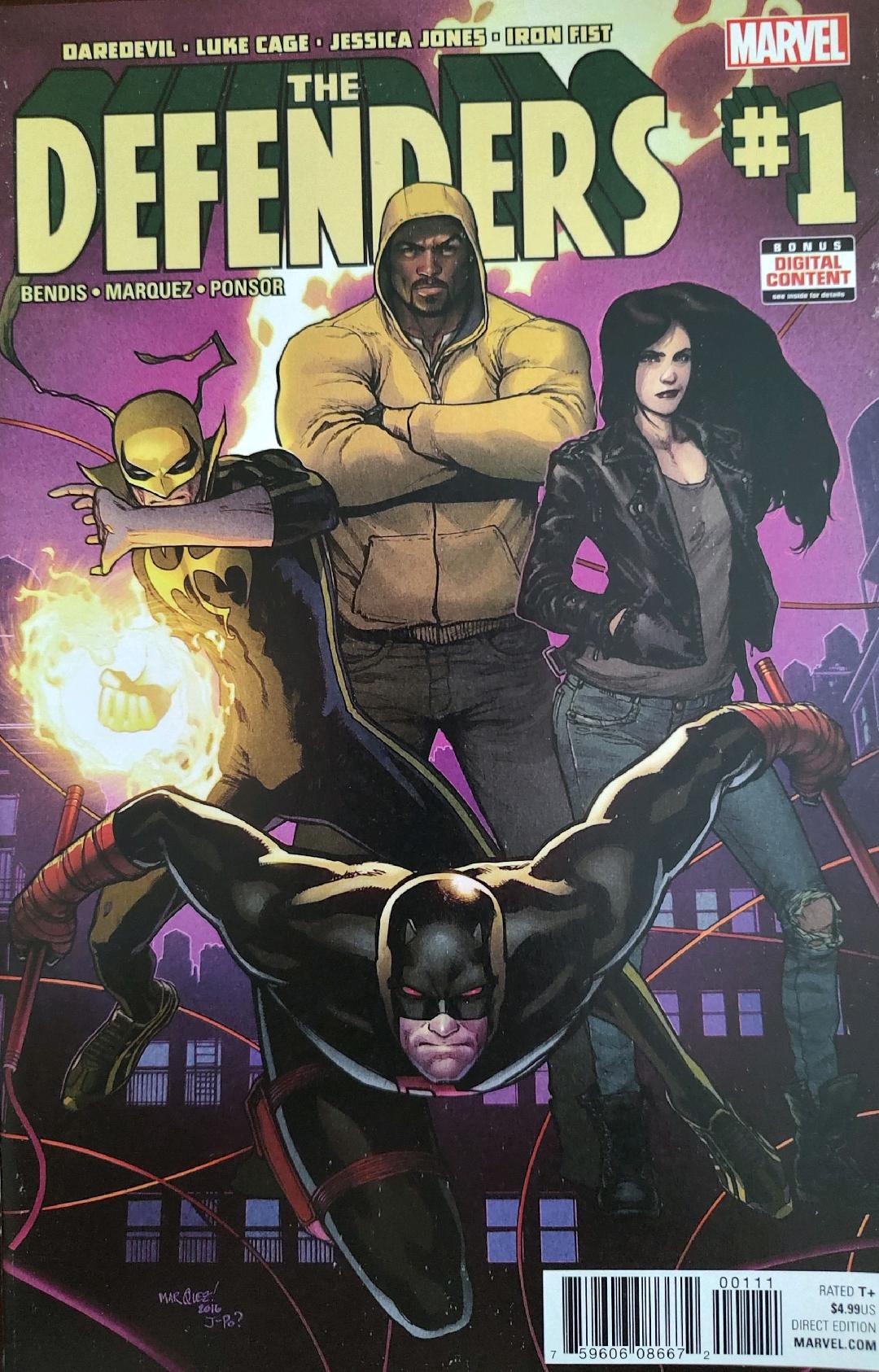

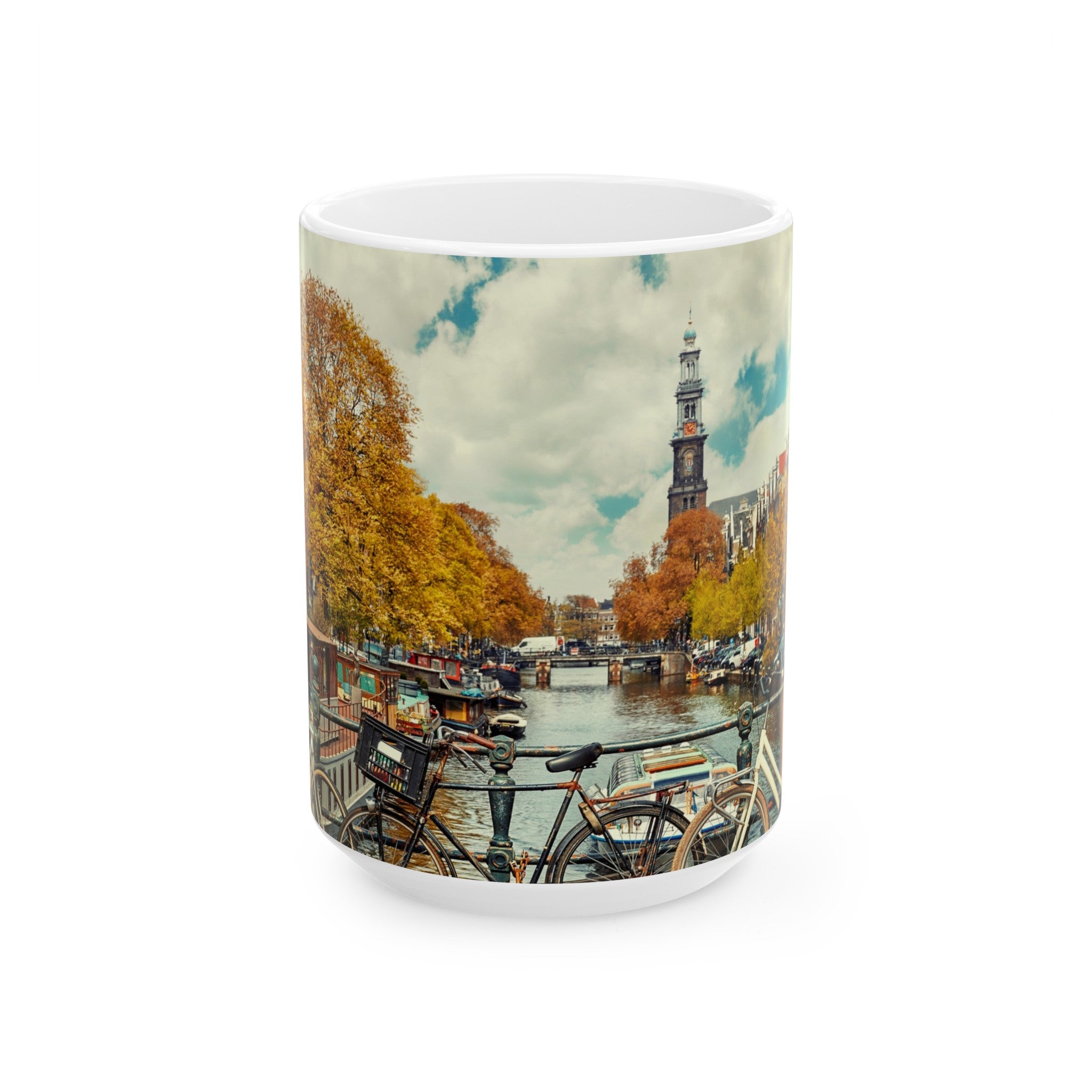





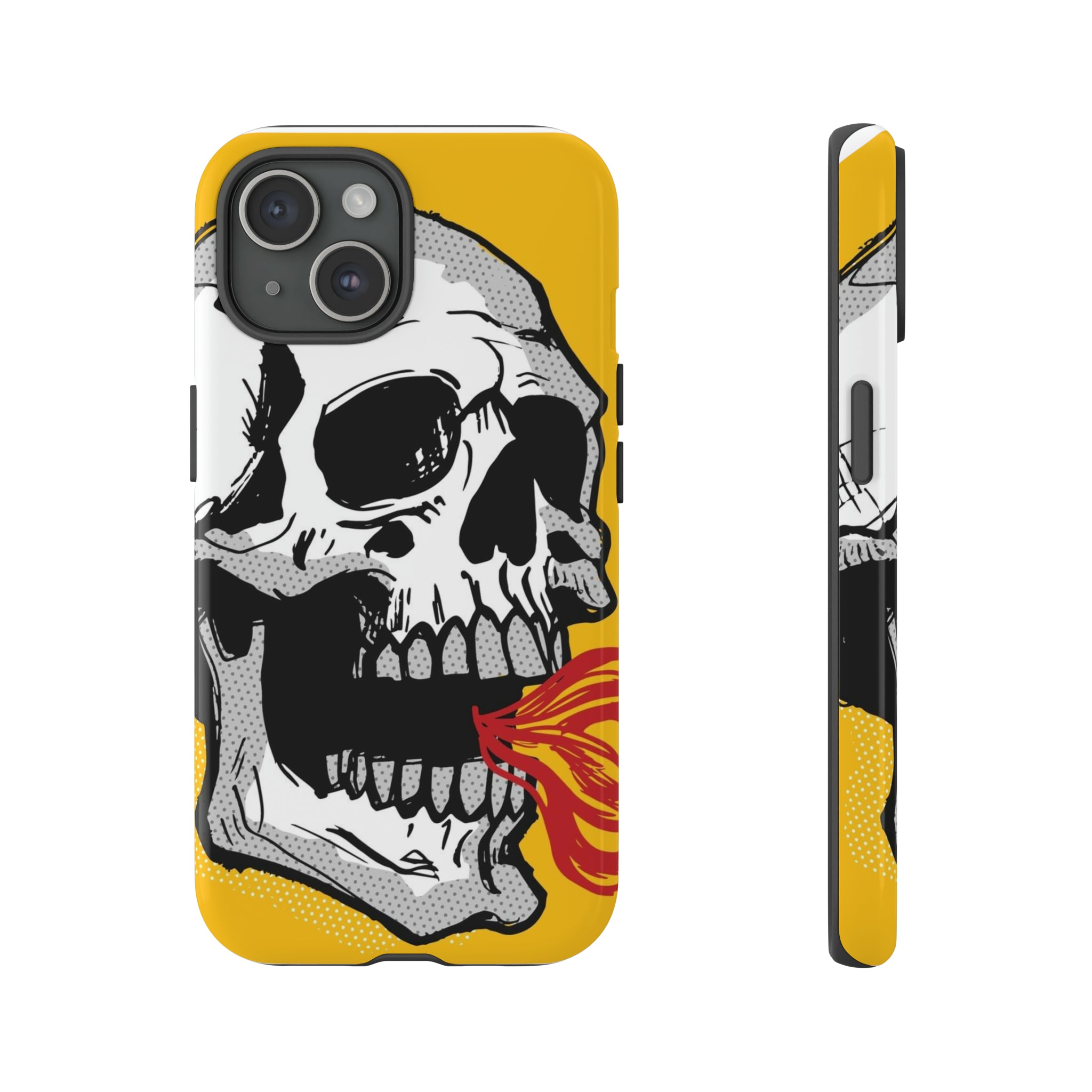



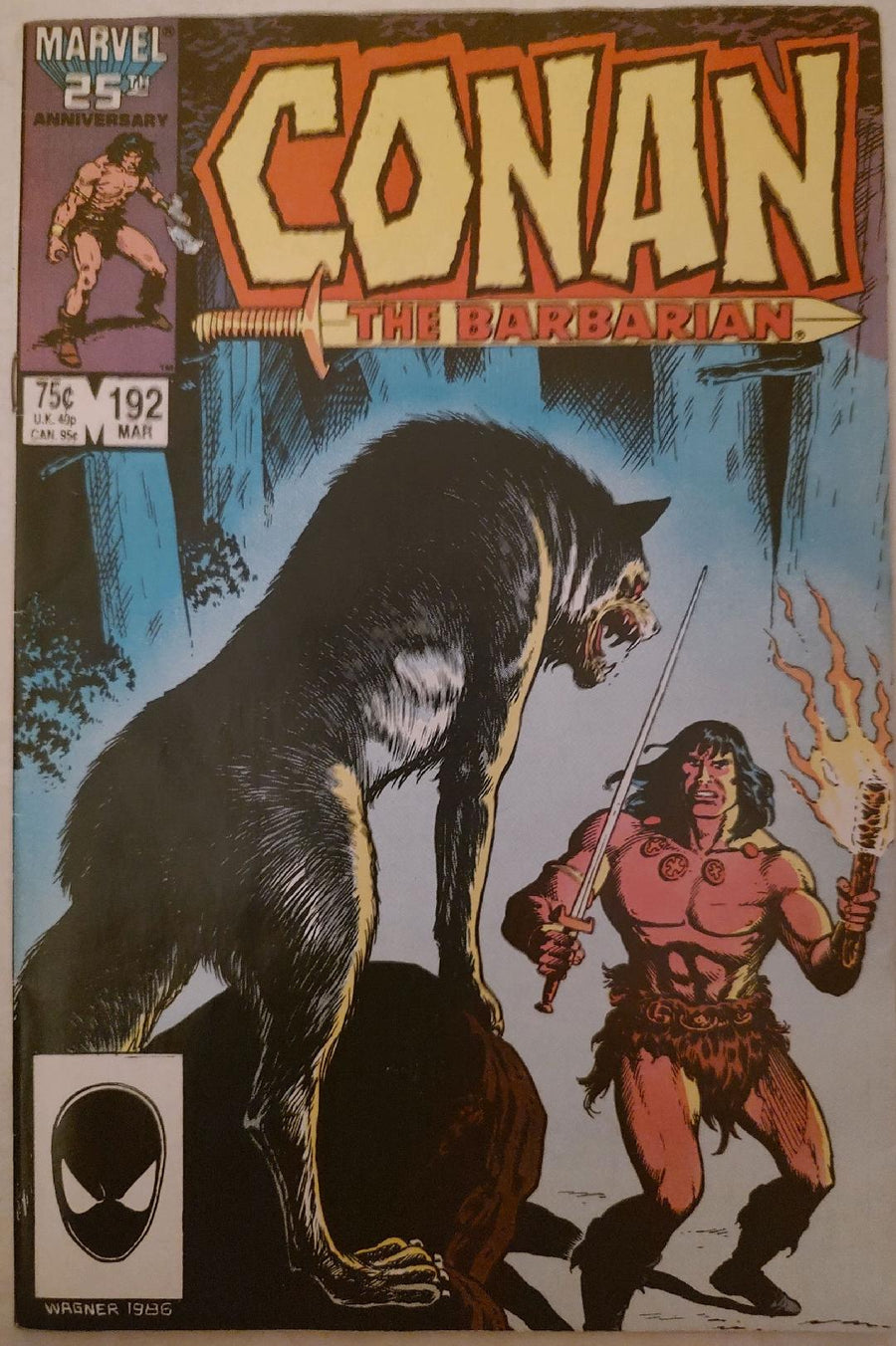
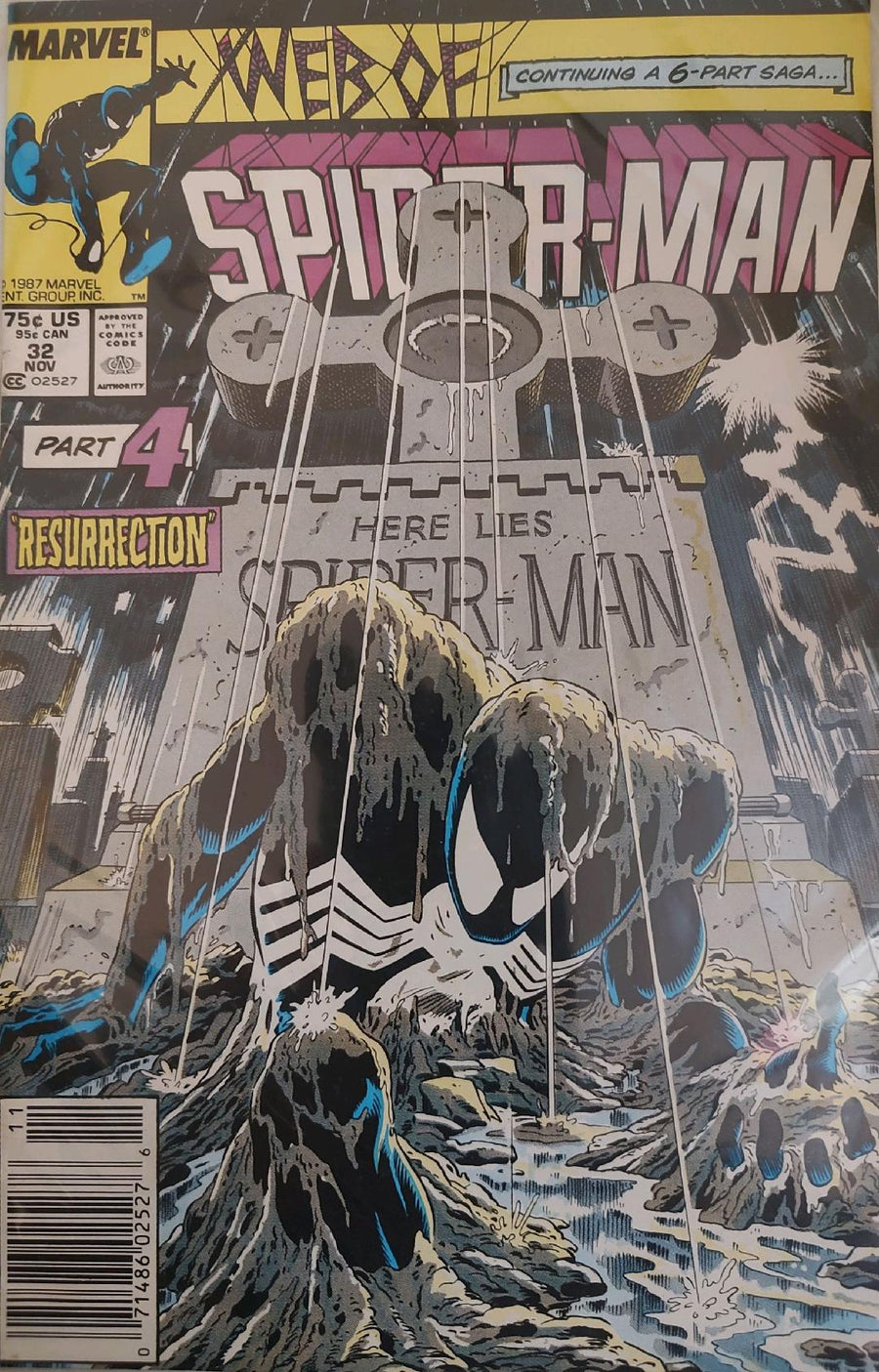
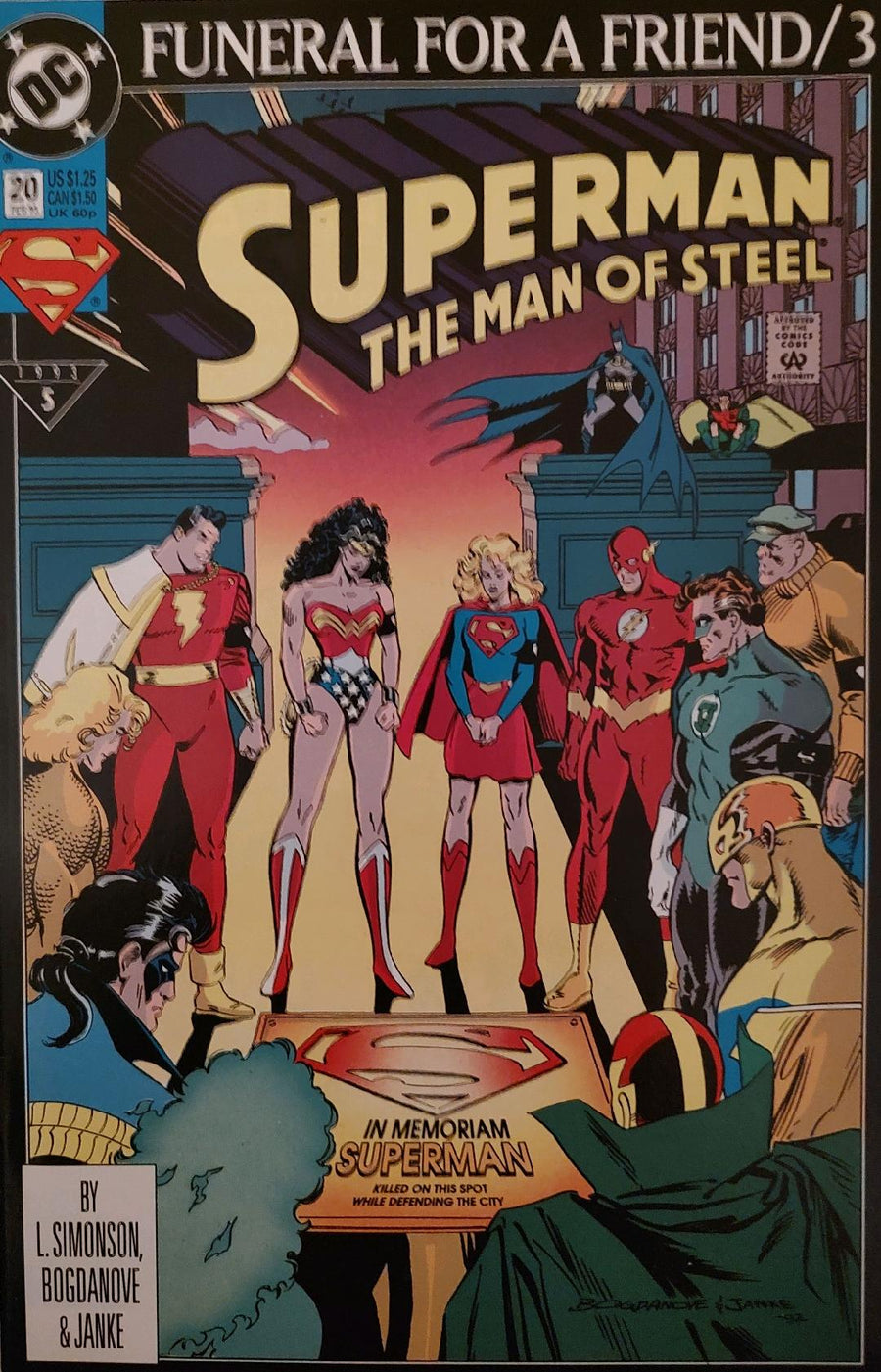
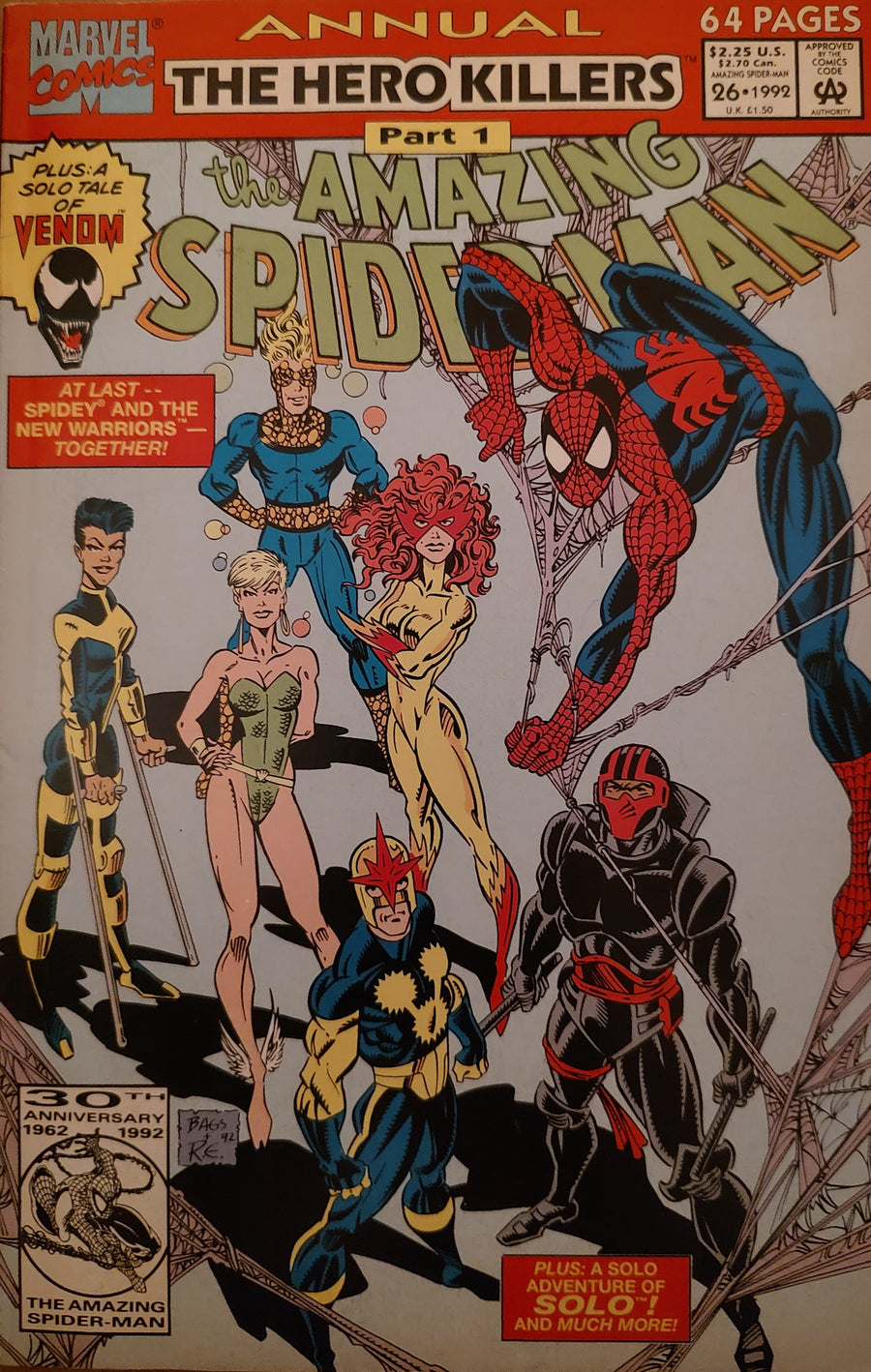
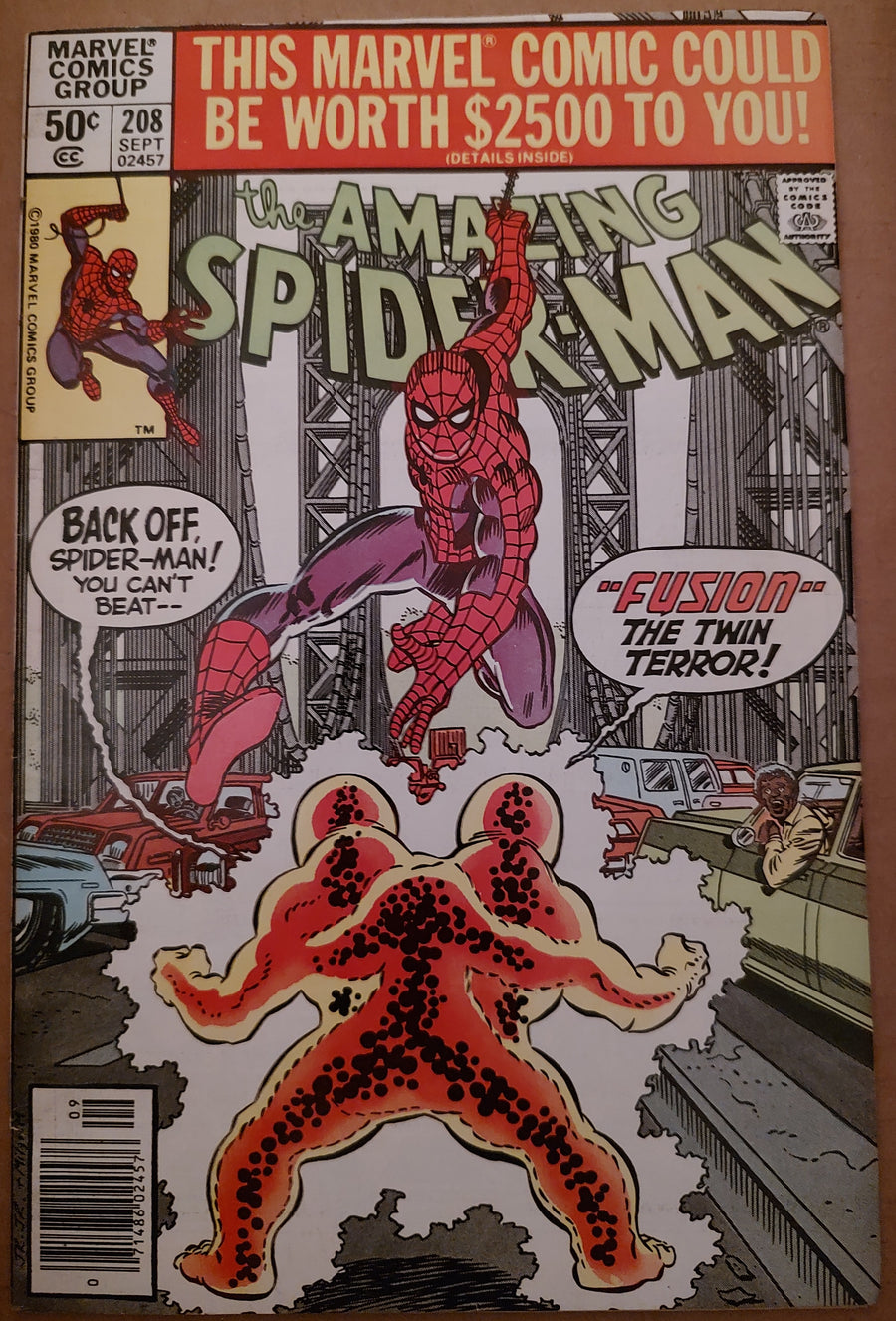
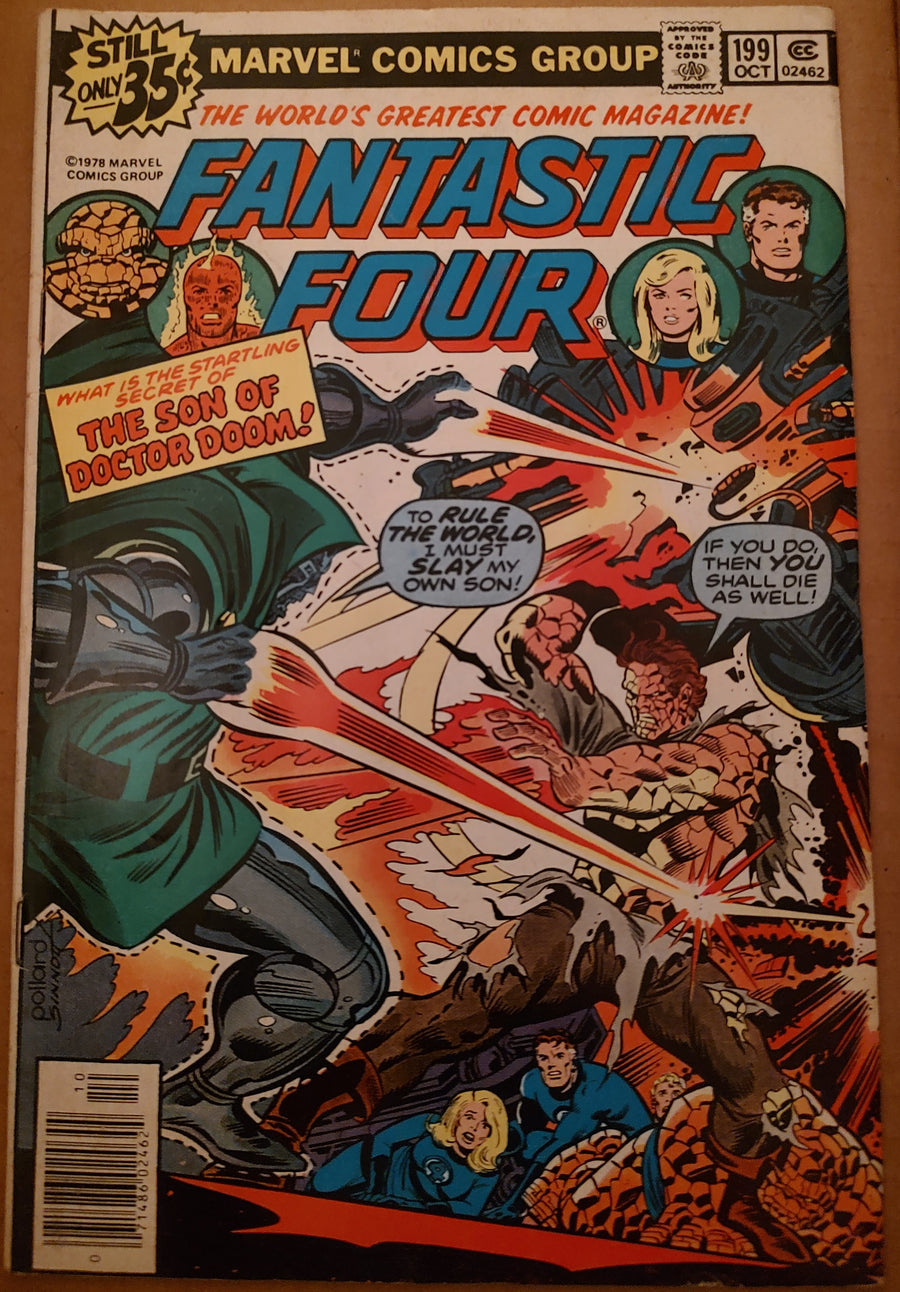
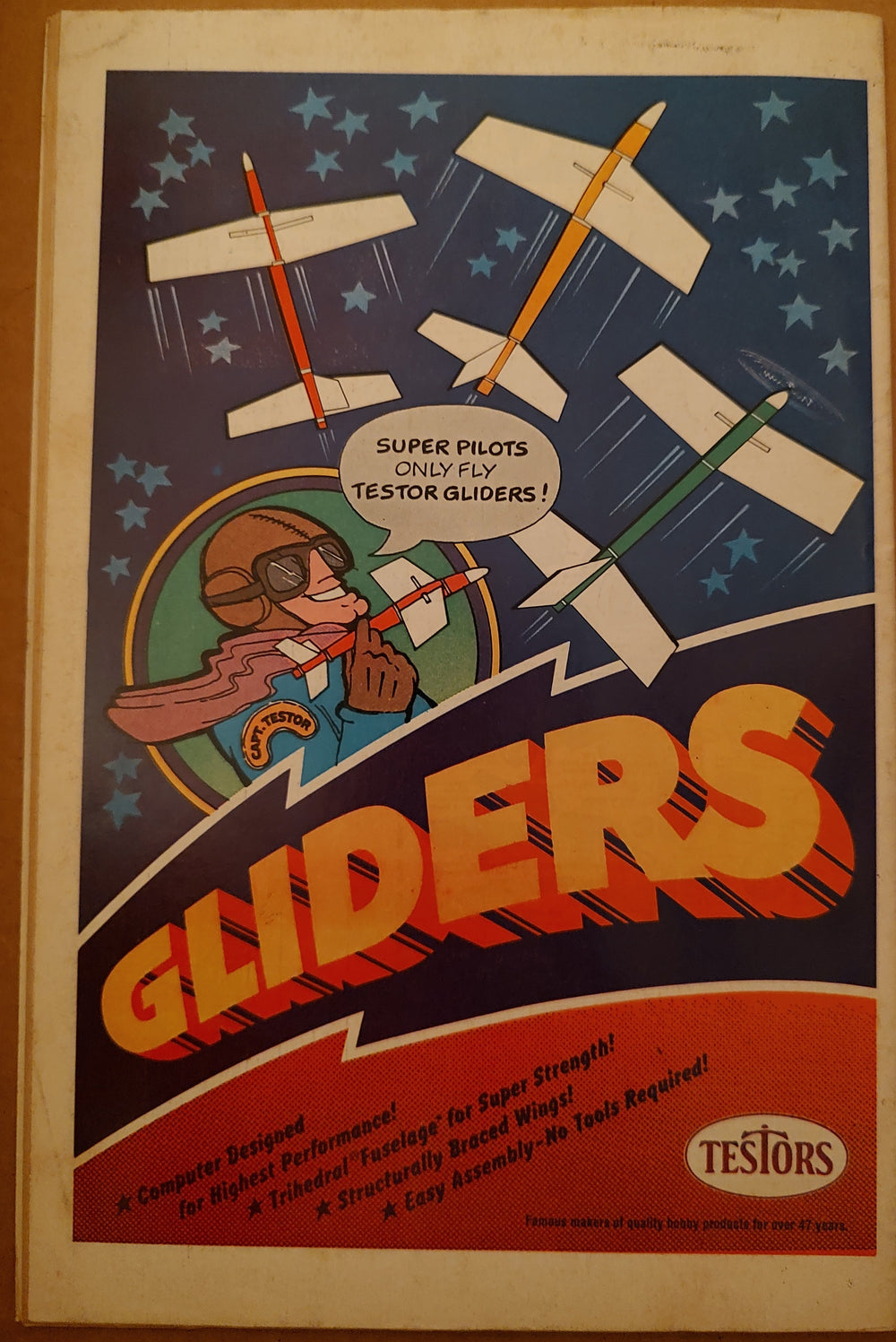
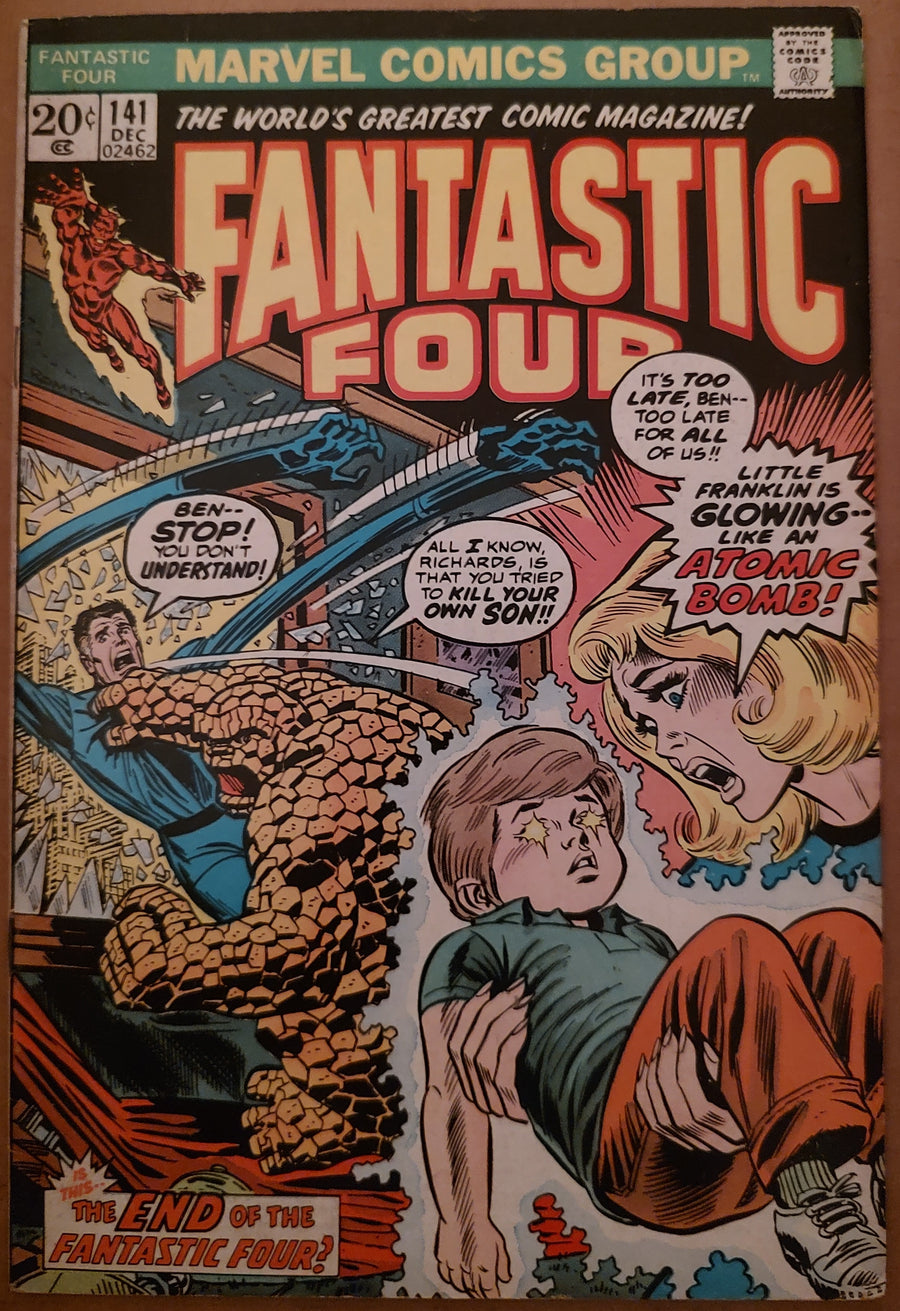

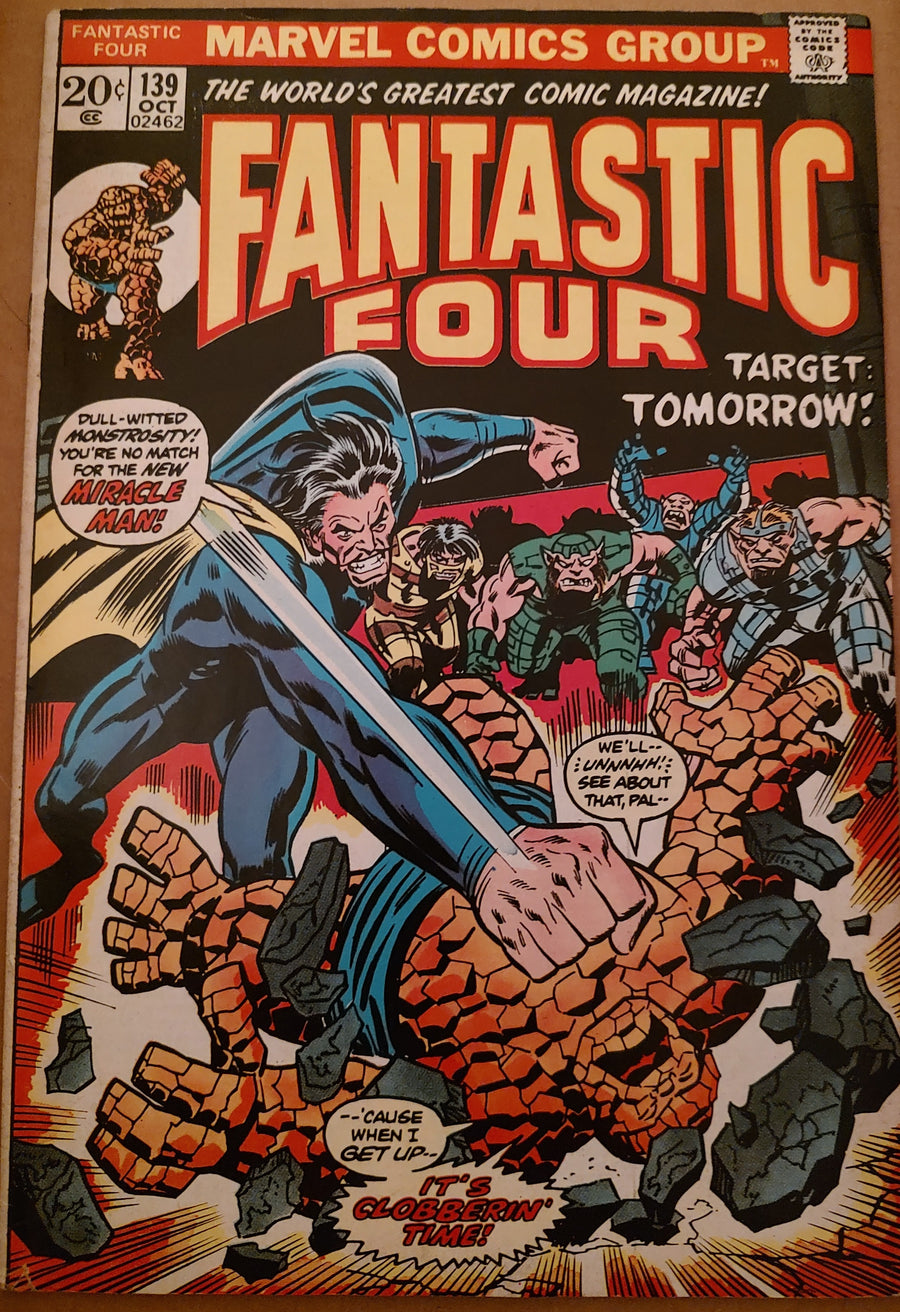
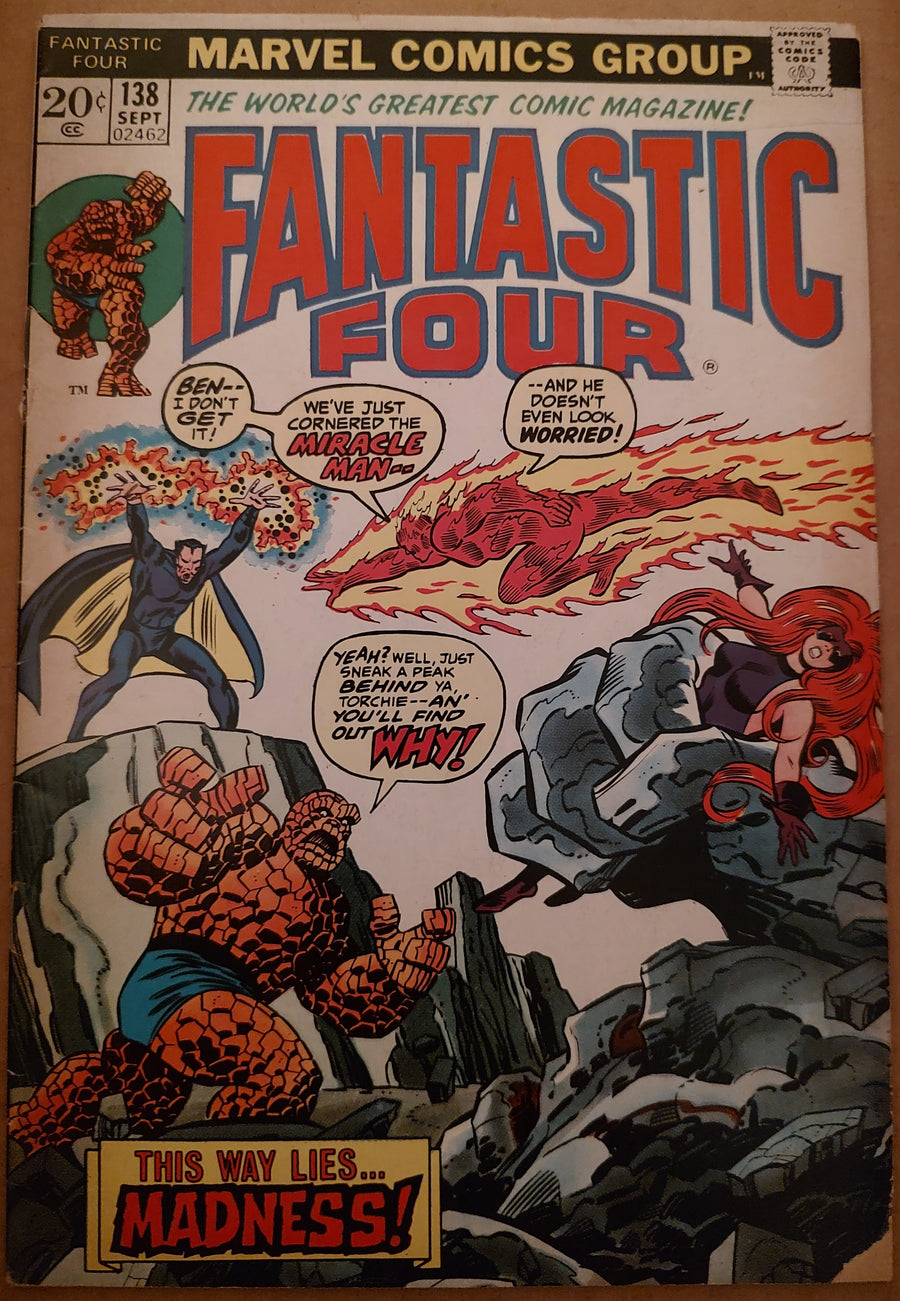
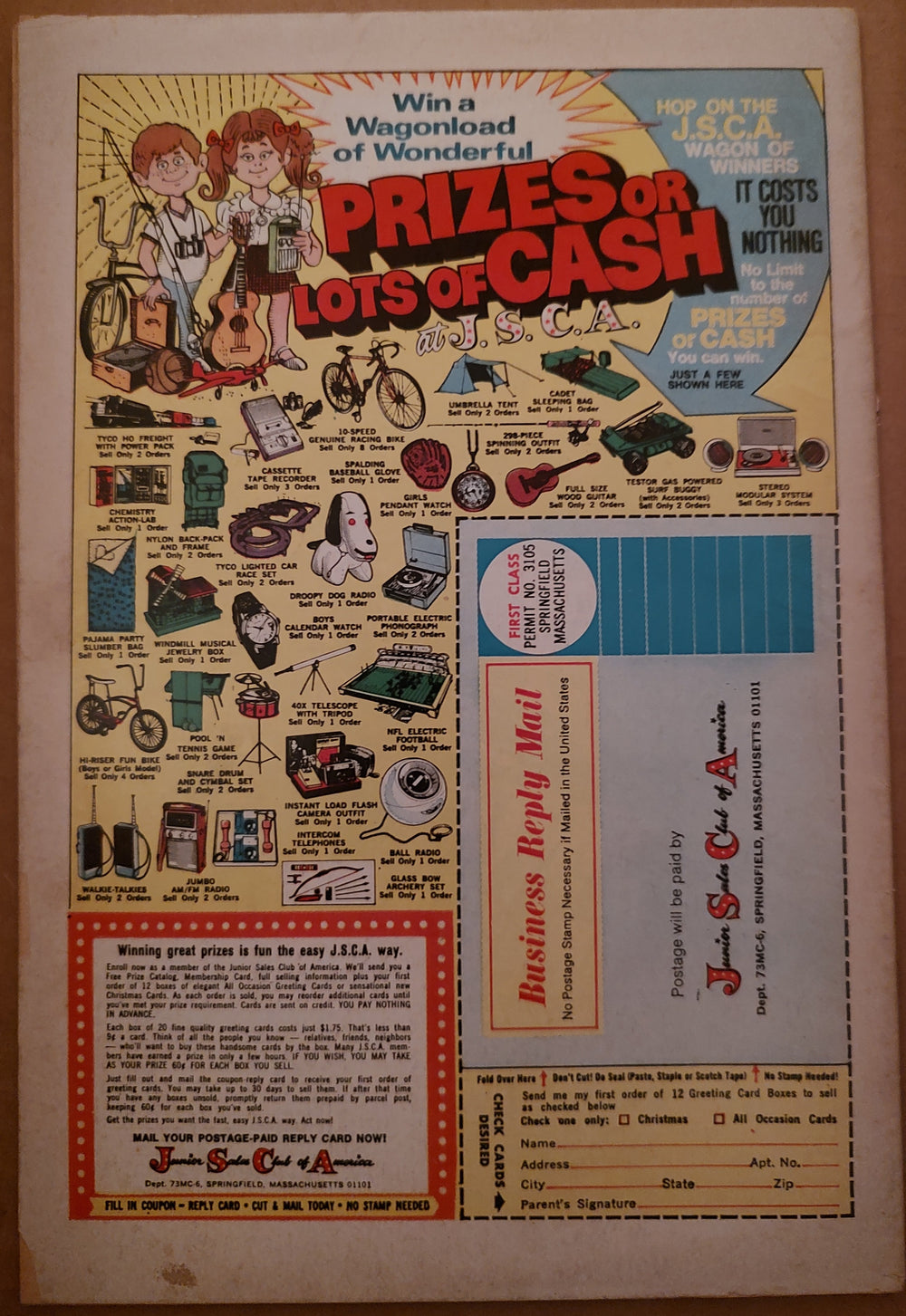
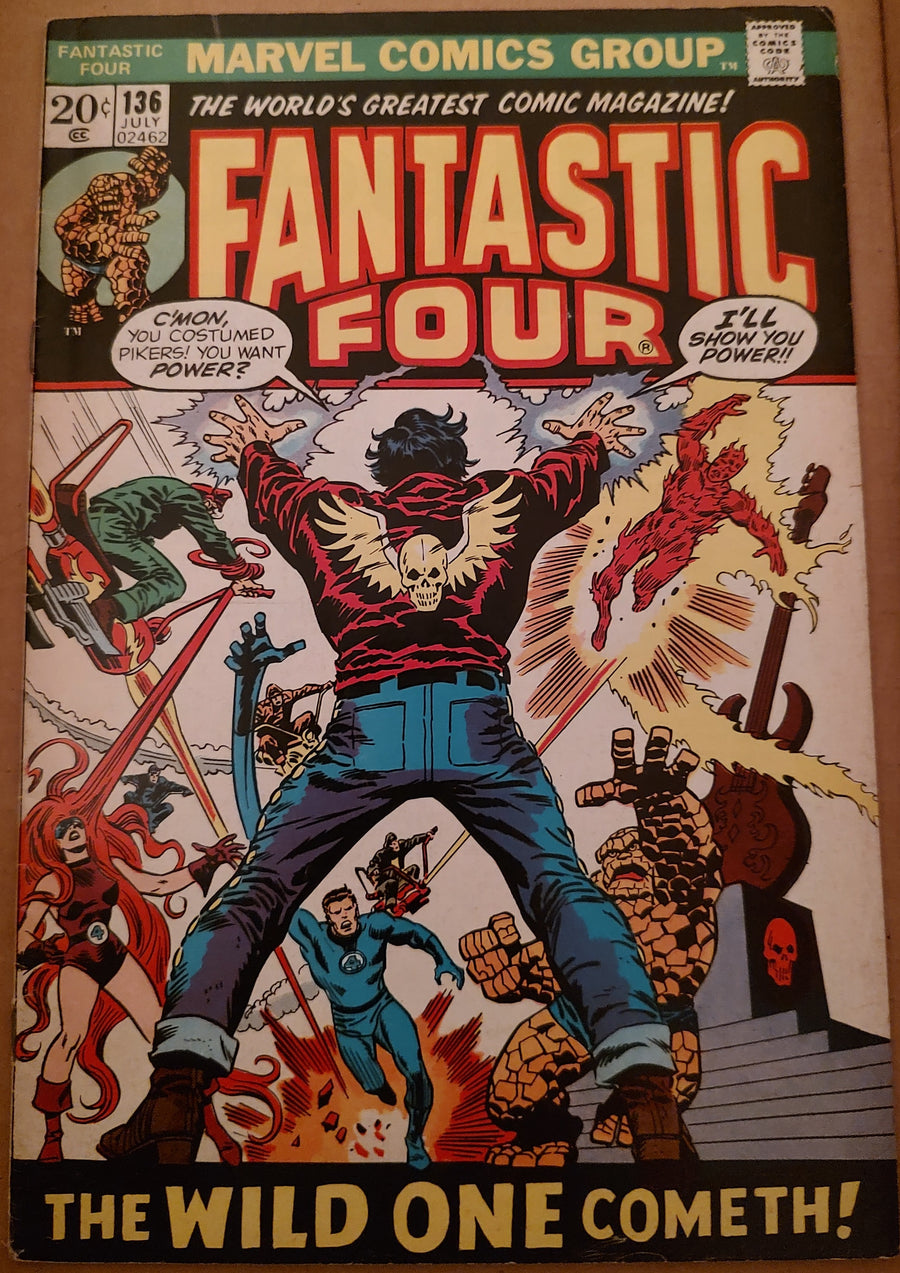
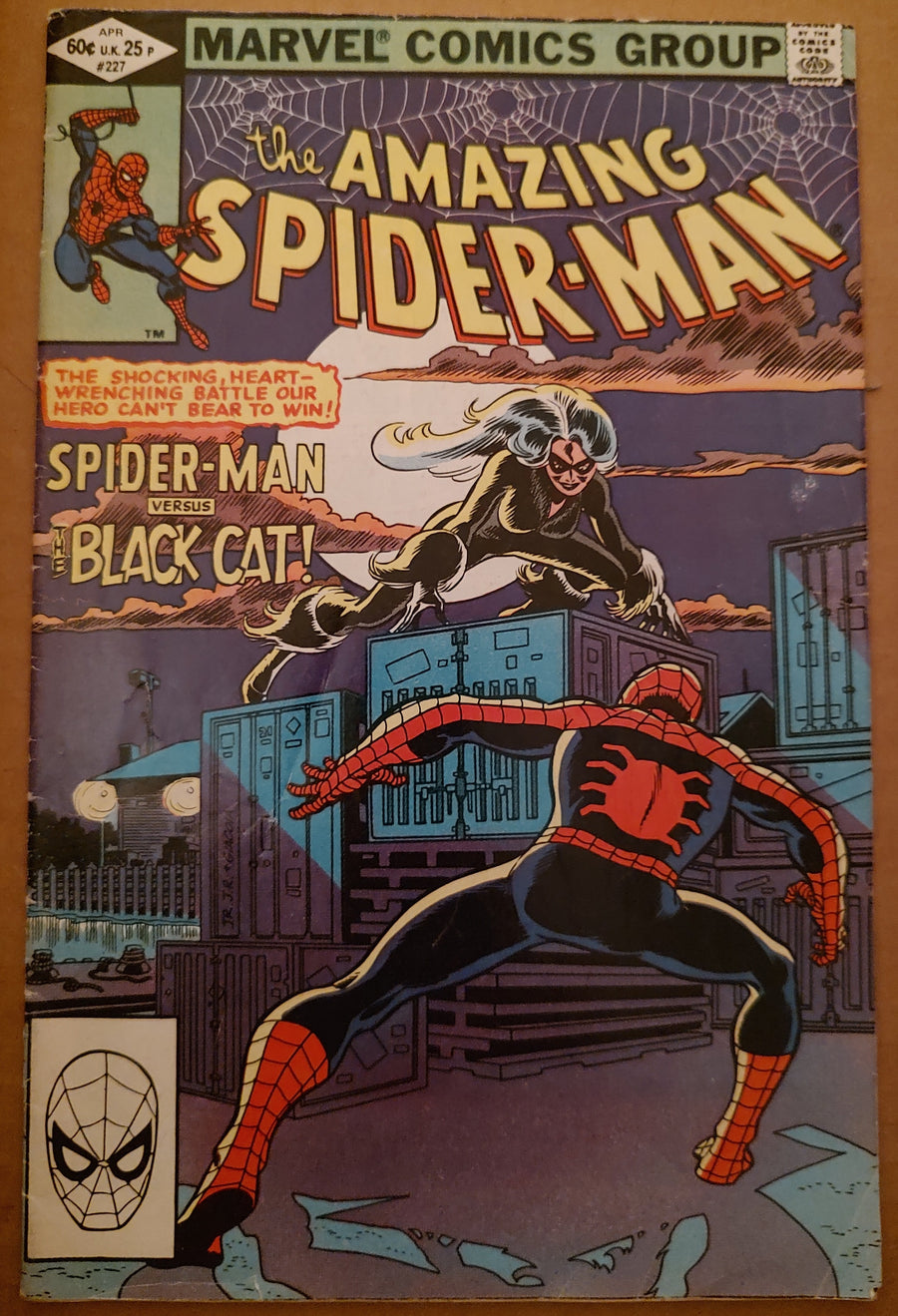




Leave a comment